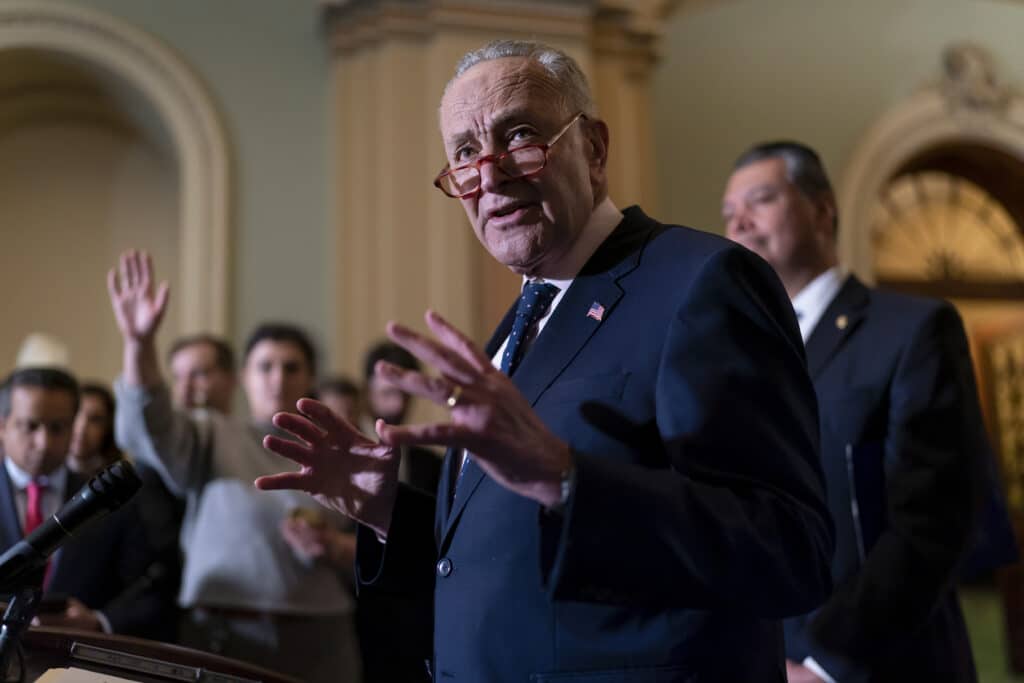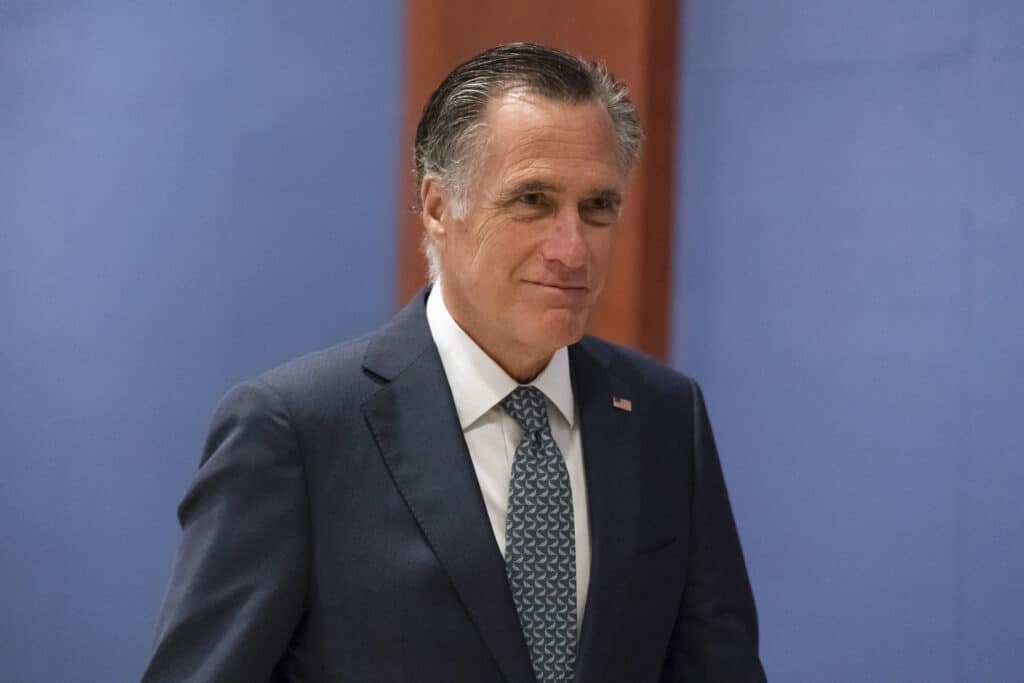The Democratic, GOP compromise drew quick support Monday from President Joe Biden, who initially pushed for a $22.5 billion package, but in a setback, he ended up settling for much less despite administration warnings. The inability of Biden and top Democrats to protect the additional spending they wanted came after the two parties gridlocked over GOP demands to pay for it by pulling back unspent aid from earlier pandemic measures. As reported by the AP:
Biden and Senate Majority Leader Chuck Schumer, D-N.Y., abandoned Biden’s request to include $5 billion to help other countries fight COVID
WASHINGTON (AP) — Senate bargainers have reached agreement on a slimmed-down $10 billion package for countering COVID-19 with treatments, vaccines and other steps, the top Democratic and Republican negotiators said, but ended up dropping all funding to help nations abroad combat the pandemic.

The compromise drew quick support Monday from President Joe Biden, who initially pushed for a $22.5 billion package. In a setback, he ended up settling for much less despite administration warnings that the government was running out of money to keep pace with the disease’s continued — though diminished — spread in the U.S.
“Every dollar we requested is essential and we will continue to work with Congress to get all of the funding we need,” said White House press secretary Jen Psaki. “But time is of the essence. We urge Congress to move promptly on this $10 billion package because it can begin to fund the most immediate needs.”
Biden and Democratic Senate Majority Leader Chuck Schumer, D-N.Y., his party’s lead bargainer, abandoned Biden’s request to include $5 billion to help countries — especially poorer ones — where the disease is still running rampant.
The inability of Biden and top Democrats to protect the additional spending they wanted came after the two parties gridlocked over GOP demands to pay for it by pulling back unspent aid from earlier pandemic measures. It also reflected the diminished political force that battling COVID-19 has this election year, two years into a pandemic that began with bipartisan support for throwing trillions of dollars at it.
Sen. Mitt Romney of Utah, the lead GOP bargainer, hailed the accord as one that would address “urgent COVID needs.” He also trumpeted the measure’s savings, which he said meant it “will not cost the American people a single additional dollar.”
Still uncertain Monday was whether objections by some Republicans might prevent the Senate from considering the bill this week, as Biden wants, before Congress begins a two-week spring recess. It was also not yet certain there would be the minimum 10 GOP votes needed for passage in the 50-50 chamber.
In the House, Democratic Speaker Nancy Pelosi, D-Calif., and many liberals have criticized the ejection of global assistance. But leaders signaled they were ready to accept compromise.
While short of Biden’s agreement full request, “this package will fulfill immediate needs to secure more vaccines, boosters, testing and therapeutics to keep the pandemic at bay – and it must be enacted as quickly as possible,” Pelosi set a statement released overnight.
Schumer said the agreement would provide “the tools we need” to help the country recover from the economic and public health blows that COVID-19 has inflicted. But he said while the $10 billion “is absolutely necessary, it is well short of what is truly needed to keep up safe” over time.
He said members of the Democratic and GOP parties want to craft a second spending measure this spring that could include funds to battle COVID-19 and hunger overseas and more assistance for Ukraine as it continues battling the Russian invasion. The fate of such a measure is uncertain.
Romney also suggested an openness to considering future money. “While this agreement does not include funding for the U.S. global vaccination program, I am willing to explore a fiscally responsible solution to support global efforts in the weeks ahead,” he said.

The agreement comes with BA.2, the new omicron variant, expected to spark a fresh increase in U.S. cases. Around 980,000 Americans and over 6 million people worldwide have died from COVID-19.
At least half the agreement’s $10 billion would be used to research and produce therapeutics to treat the disease, according to fact sheets from Schumer and Romney.
The money would also be used to buy vaccines and tests. At least $750 million would be used to research new COVID-19 variants and to expand vaccine production, the descriptions said.
Administration officials have said the government has run out of money to finance COVID-19 testing and treatments for people without insurance. They’ve also said funds are running low for boosters, vaccines focused on specific variants, free monoclonal antibody treatments and care for people with immune system weaknesses.
The deal is also a reduction from a $15 billion version that both parties’ leaders negotiated last month. Pelosi abandoned that plan after Democratic lawmakers rejected proposed cuts in state pandemic aid to help pay for the package.
Democrats from both chambers complained about the eliminated global spending.
Rep. Pramila Jayapal, D-Wash., leader of the House Progressive Caucus, said it is “a big problem” to erase the international assistance and “not spend money on making sure this virus is contained around the world.”
Sen. Chris Coons, D-Del., a leading foreign policy voice, said he would back the bill but called it a “grave mistake” to not help other countries’ efforts. He called it “fiscally foolish” to not send tens of millions of unused U.S. vaccines abroad to the 2.8 billion unvaccinated people worldwide.
The measure is fully paid for by pulling back unspent funds from previous pandemic relief bills that have been enacted, bargainers said.
Romney’s fact sheet says that includes $2.3 billion from a fund protecting aviation manufacturing jobs; $1.9 billion from money for helping entertainment venues shuttered by the pandemic; another $1.9 billion from a program that helps states extend credit to small businesses; and $1.6 billion from agriculture assistance programs.
By ALAN FRAM and FARNOUSH AMIRI






